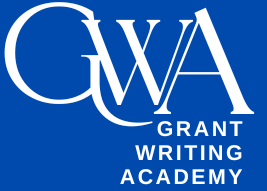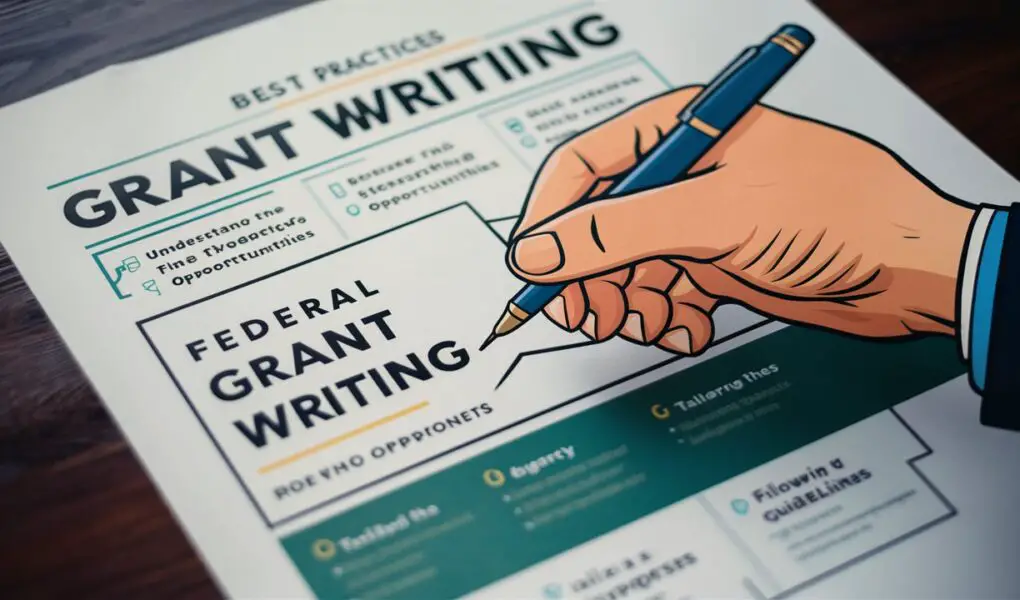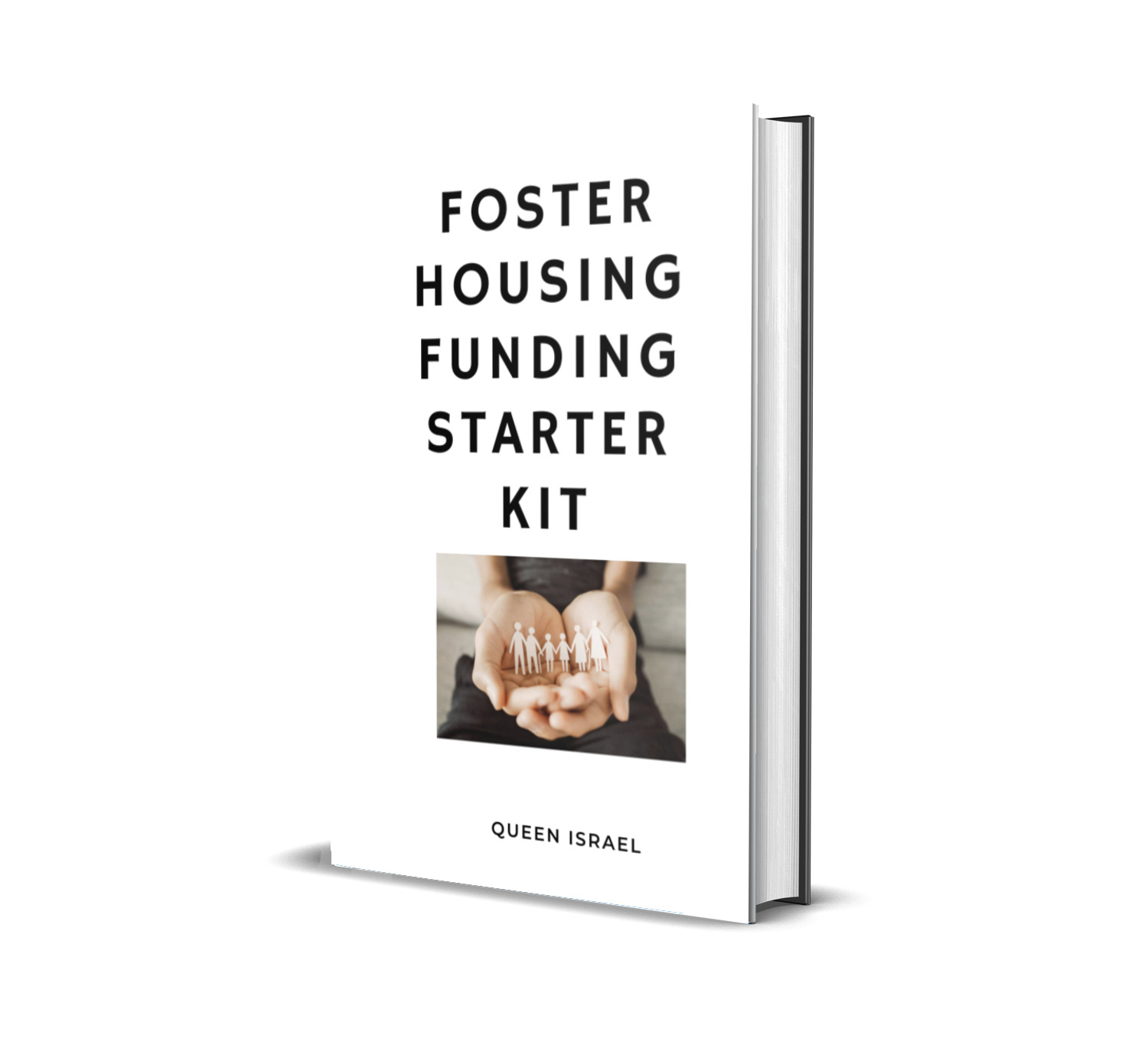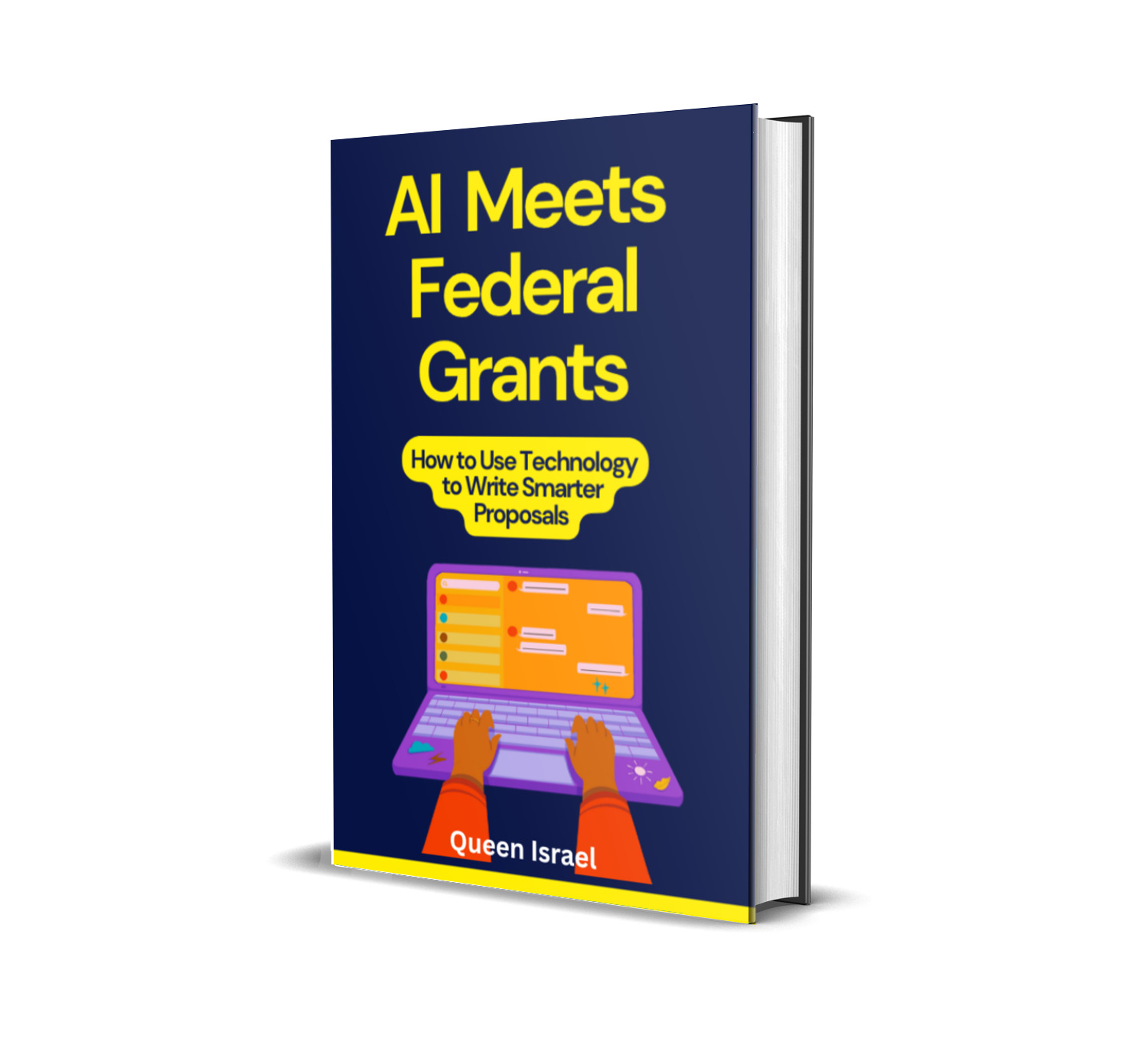Federal Grants are funds awarded by the government to support initiatives that serve the public interest. Unlike loans, these funds do not require repayment, making them an attractive option for nonprofits that need financial support without the burden of interest.
The federal government offers billions of dollars every year in grant money—data from Grants.gov shows that over $600 billion is awarded annually.
This enormous pool of funding is managed by multiple federal agencies, each with its own mission and set of priorities.
There are several types of federal grants available:
-
Project Grants: Awarded competitively for specific projects with a defined timeline and measurable outcomes. These are common in scientific research, technology development, and community services.
-
Formula Grants: Distributed based on predetermined formulas set by legislation. They often support ongoing operations in areas like education, transportation, and social services.
-
Block Grants: These combine multiple categorical grants into one funding package, giving recipients more flexibility to spend the money on a range of activities.
-
Matching Grants: These require the nonprofit to raise additional funds from other sources to receive the full amount of the federal grant.
Understanding these categories is key, as each comes with its own eligibility requirements, application process, and reporting obligations.
Over the years, I’ve seen that nonprofits with a solid grasp of these differences tend to build stronger applications and see better results.
Where to Search for Federal Grants
When it comes to locating Federal Grants for your organization, the first step is knowing where to look. The primary resource is the official website Grants.gov,
which aggregates grant opportunities from more than 25 federal agencies.This portal allows you to filter grants by agency, type, and eligibility criteria. In addition to Grants.gov, other helpful platforms include:
-
USA.gov: Provides links and guidance for federal financial assistance.
-
SAM.gov: Offers additional information about federal funding and assistance programs.
-
Agency Websites: If your nonprofit’s mission aligns with a specific area—such as education, health, or the arts—visiting the relevant federal agency’s website (for example, the Department of Education or the National Endowment for the Arts) can yield targeted opportunities.
For instance, a recent report by Candid indicated that nearly 30% of U.S. nonprofits rely on government grants as a critical part of their funding mix. This statistic underscores the importance of being proactive and systematic in your search.
Tips for Finding Federal Grants
The process of finding Federal Grants can seem overwhelming at first, but breaking it down into manageable steps makes it more approachable.
Here are several tips drawn from both research and my own experience working with nonprofits:
1. Assess Organizational Readiness
Before you start the search, take a close look at your organization’s current capacity. Federal grants often come with strict reporting and compliance requirements. Ask yourself:
-
Do you have the necessary financial systems in place to track grant funds separately?
-
Is your staff familiar with regulatory requirements and reporting standards?
-
Can you demonstrate a track record of managing projects at the scale the grant requires?
A strong internal structure not only boosts your eligibility but also makes your application more convincing. In my experience, nonprofits that invest in internal capacity and clear financial processes have a higher success rate in securing federal grants.
2. Define Your Mission and Funding Needs
Federal grants are awarded based on how well an organization’s mission aligns with the funding agency’s priorities. Write down the specific needs your grant will address—whether it’s launching a new program, expanding existing services, or building infrastructure. Clearly define your goals and expected outcomes. This clarity will help you match your organization with opportunities that are designed for your type of work.
3. Research Agency Priorities
Each federal agency has its own mission and funding agenda. Spend time reading agency guidelines and previous grant announcements to understand their priorities.
For example, if your nonprofit works in community development, look at grants from the Department of Housing and Urban Development. Many agencies publish annual reports or strategic plans that offer insights into upcoming funding trends.
Data shows that nonprofits that tailor their proposals to reflect the agency’s language and focus areas see up to a 40% higher chance of success compared to those that use generic applications.
Adapting your proposal to mirror the keywords and objectives from the agency’s publications can make a significant difference.
4. Use a Comprehensive Keyword List
Keywords are a crucial part of the search process. Develop a list of common terms that appear in federal grant listings—such as Eligibility, Compliance, Application, Budget, Matching Funds, and Impact.
Use these keywords when using the search filters on Grants.gov or other platforms. This practice helps in filtering out irrelevant opportunities and honing in on grants that are a good fit for your organization.
5. Set Up Alerts and Track Deadlines
Federal grant opportunities can be time-sensitive. Set up email alerts on Grants.gov and SAM.gov so you are notified when new opportunities arise. Create a calendar specifically for grant deadlines and review dates. Missing a deadline is one of the most common reasons applications are rejected, so tracking these dates diligently is crucial.
6. Engage with Your Network
Often, peer organizations and local networks have valuable insights into upcoming federal grants. Attend webinars, workshops, and conferences where grant writers and nonprofit leaders share their experiences. Networking not only provides leads on new opportunities but also gives you a chance to learn about best practices in proposal writing and grant management.
From my perspective, connecting with other grant professionals and sharing resources is one of the most effective ways to improve your federal grant search process. It can also lead to collaborative opportunities, where organizations team up to apply for larger, multi-agency grants.
7. Utilize Grant Management Software
To keep track of the many opportunities and the details associated with each, consider using grant management software. These tools help you organize deadlines, store templates, manage documents, and track application progress. Software platforms are especially useful if your organization is applying for multiple grants at once. They ensure that nothing falls through the cracks and that you can quickly update or modify your applications as needed.
8. Learn from Successful Applications
Take the time to review successful federal grant applications, if available. Many agencies offer sample proposals or success stories on their websites. Analyzing these examples can provide insights into what reviewers are looking for and how you can present your organization’s strengths. This step can also help you identify common pitfalls and areas where your application might need more detail or clarity.
9. Prepare a Robust Budget and Timeline
A critical component of any federal grant application is the budget and timeline for your project. Your budget should be detailed and realistic, demonstrating a clear plan for how every dollar will be spent. A well-prepared budget reassures funders that you are capable of managing large sums and that your project is feasible. In my experience, applications with detailed, transparent budgets and timelines tend to stand out.
10. Focus on Measurable Impact
Federal grant applications should clearly articulate the expected impact of your project. Use data and metrics to support your claims. For example, if you’re applying for a grant to improve community health services, include statistics on current service gaps, target improvements, and the number of individuals who will benefit. Quantifiable outcomes make your proposal more persuasive and demonstrate accountability.
The Application Process
Once you’ve identified the right Federal Grants and are ready to apply, understanding the application process is essential. Here’s an outline of the key steps:
1. Register Your Organization
Most federal grants require your organization to register on websites such as Grants.gov and SAM.gov. This registration process verifies your nonprofit’s legal status and creates a profile that agencies use to match you with funding opportunities. Ensure that all your information is current, including tax-exempt status and financial details.
2. Gather Required Documentation
Federal applications are known for their extensive documentation requirements. Common documents include:
-
Proof of Nonprofit status (501(c)(3) determination letter)
-
Organizational budget and financial statements
-
Letters of support from community partners
-
A clear, detailed narrative of your project plan
-
Evidence of previous successful projects (if applicable)
Having all of these documents organized in advance can save time and reduce stress when you sit down to complete your application.
3. Write a Compelling Proposal
The heart of your application is the proposal itself. It should tell a clear story about your organization’s mission, the problem you are addressing, and how the grant will help achieve measurable outcomes. Use straightforward language and be precise about your goals, strategies, and expected impact. Federal reviewers look for clarity, feasibility, and alignment with the funding agency’s objectives.
In my view, successful proposals are those that combine a strong narrative with solid data. This means balancing the story of your work with numbers that back up your claims—such as current service statistics, projected improvements, and budget details.
4. Prepare a Detailed Budget
As noted earlier, your budget is a critical part of your proposal. Federal grant reviewers scrutinize budgets to ensure that funds will be used efficiently. Break down costs into clear categories, explain any matching funds if required, and include justifications for each expense. A transparent and logical budget reinforces your organization’s credibility and project management skills.
5. Submit Your Application on Time
Federal grants have strict deadlines. Once your proposal is complete, review all components carefully, and submit your application well before the deadline. Many systems allow you to save drafts, so use that feature to your advantage. Remember, even a small mistake can result in disqualification, so it is worth taking the extra time to ensure everything is in order.
6. Follow Up and Respond to Requests
After submission, some agencies may request additional information or clarifications. Be prompt and professional in your responses. This stage of the process is your opportunity to reinforce the strengths of your application and demonstrate your commitment to compliance and accountability.
Making Your Application Stand Out
With federal funding opportunities highly competitive, a strong application is essential. Here are some final tips on how to distinguish your proposal:
-
Align with Agency Priorities: Carefully read the funding announcement and tailor your proposal to reflect the agency’s goals. Use their language and focus on the aspects they value most.
-
Highlight Measurable Outcomes: Use specific metrics and data to show the impact of your project. Clear, quantifiable goals help reviewers see the value of your initiative.
-
Demonstrate Organizational Capacity: Provide evidence of your nonprofit’s successful past projects and financial stability. A history of effective program management can boost your application’s credibility.
-
Include Strong Letters of Support: Letters from community partners, board members, or other funders can strengthen your proposal by showing that your project has broad-based support.
-
Showcase Innovation: Federal agencies often look for projects that offer new or improved solutions. Clearly explain how your project addresses a need in a creative or effective way.
-
Proofread Thoroughly: Errors or omissions can undermine an otherwise strong proposal. A well-polished application reflects the care and professionalism of your organization.
My personal view is that a successful application is not solely about having the best idea—it’s about clearly communicating how that idea translates into measurable, positive change. Taking the time to understand the grantor’s priorities and crafting a proposal that is both data-driven and heartfelt can make all the difference.
Conclusion
Finding Federal Grants for your Nonprofit may seem challenging at first, but by breaking the process down into clear, manageable steps, you can significantly improve your chances of success.
Start by assessing your organization’s readiness, define your funding needs, and research agency priorities using resources like Grants.gov.
Develop a robust keyword list, set up alerts for new opportunities, and engage with your network to gain valuable insights.
Then, follow a systematic application process—register your organization, gather documentation, write a compelling proposal, prepare a detailed budget, and submit your application on time.
Finally, focus on making your application stand out by aligning with agency priorities, highlighting measurable outcomes, and showcasing your organization’s capacity for impact.
If you found these insights useful, consider subscribing to the Grant Writers Network Newsletter. It offers exclusive tips, strategies, templates, and tools that will help you enhance your success rates in securing federal funding.
By staying connected with a community of dedicated grant professionals, you can continue to refine your approach and achieve even greater impact for your organization.
Remember, a well-prepared federal grant application not only opens up crucial funding opportunities but also reinforces your nonprofit’s credibility and capacity to serve the community.
The journey to securing federal grants requires persistence and attention to detail, but with the right preparation and resources, your organization can unlock the potential of federal funding and take your mission to the next level.




